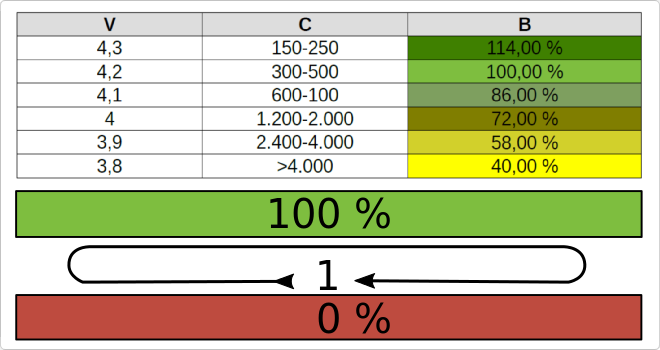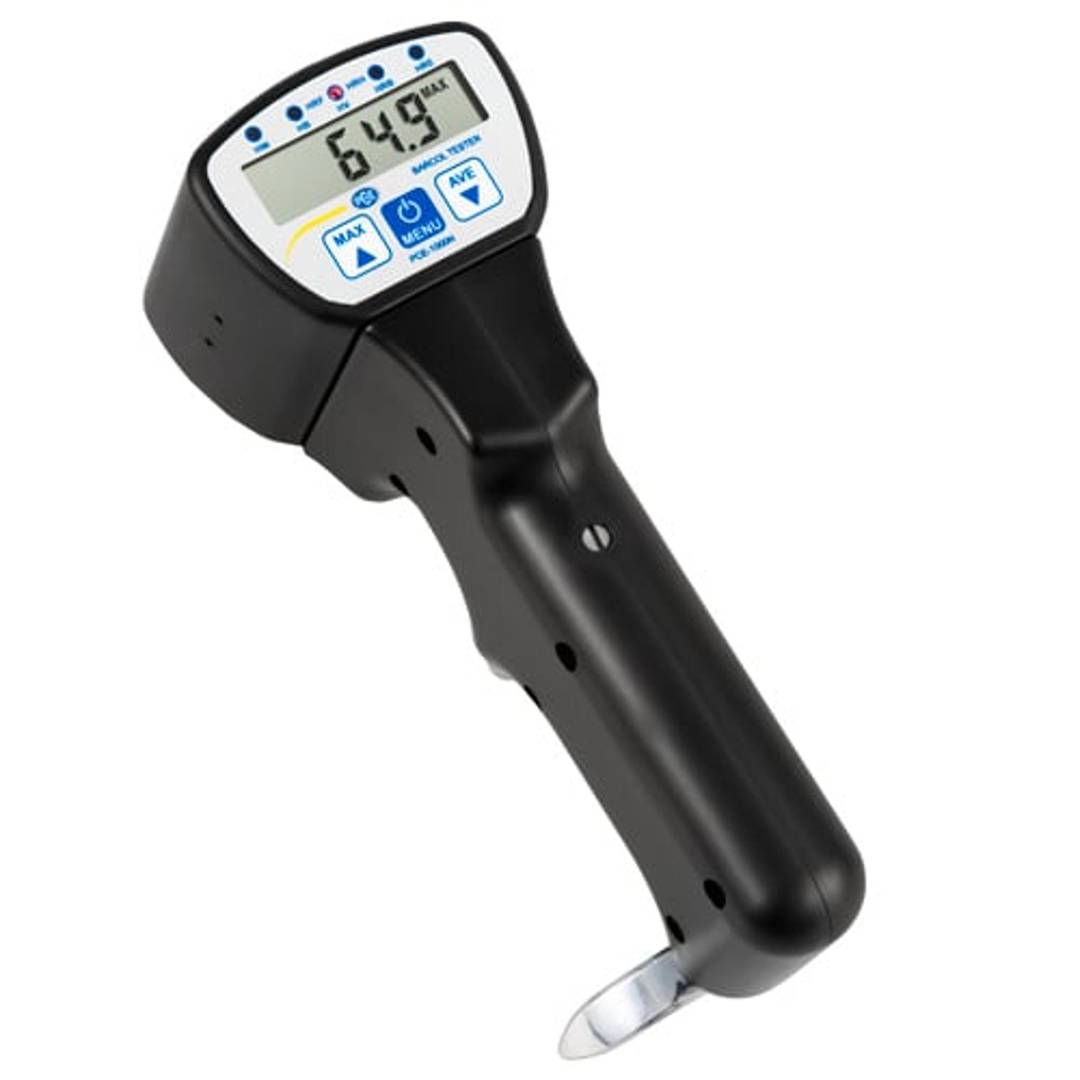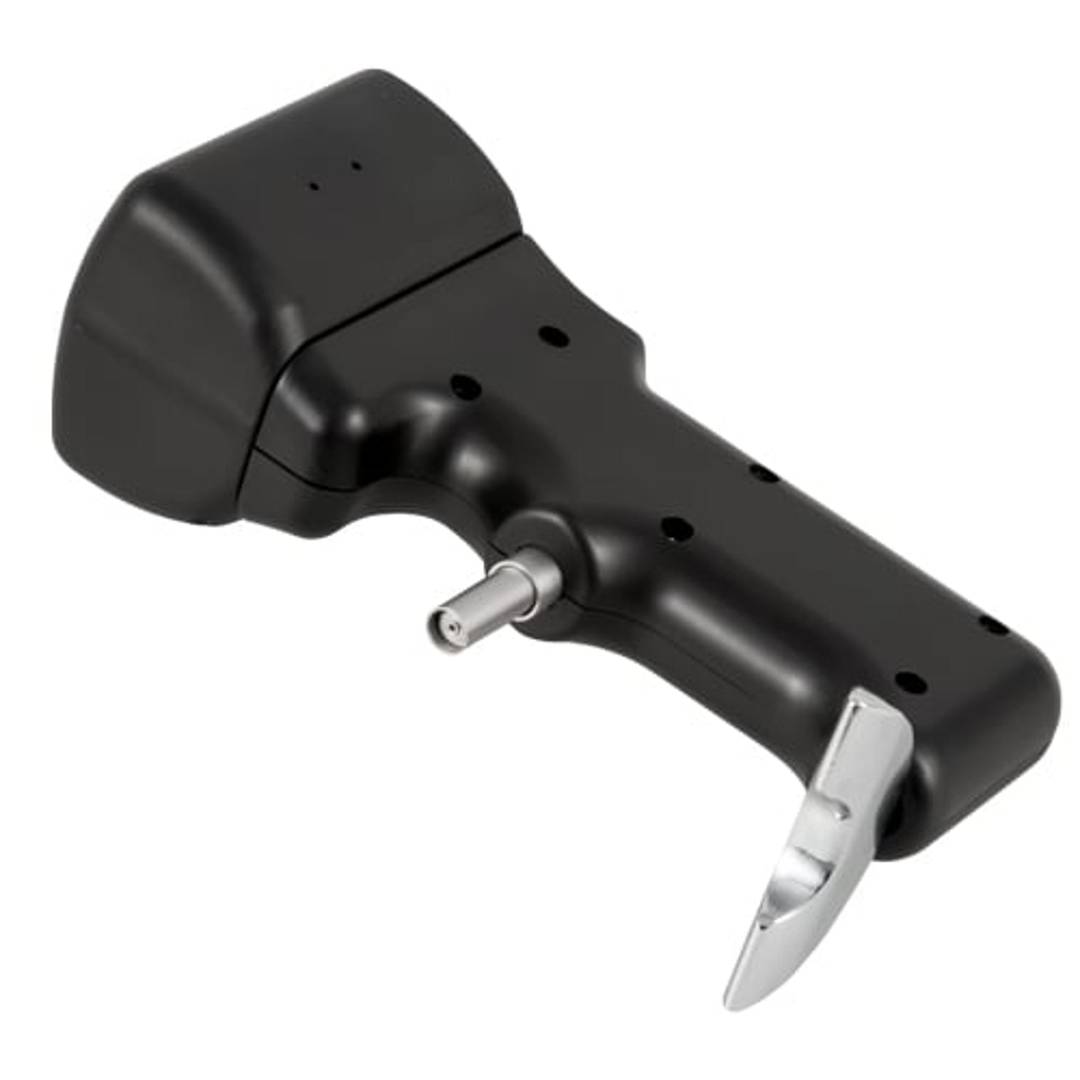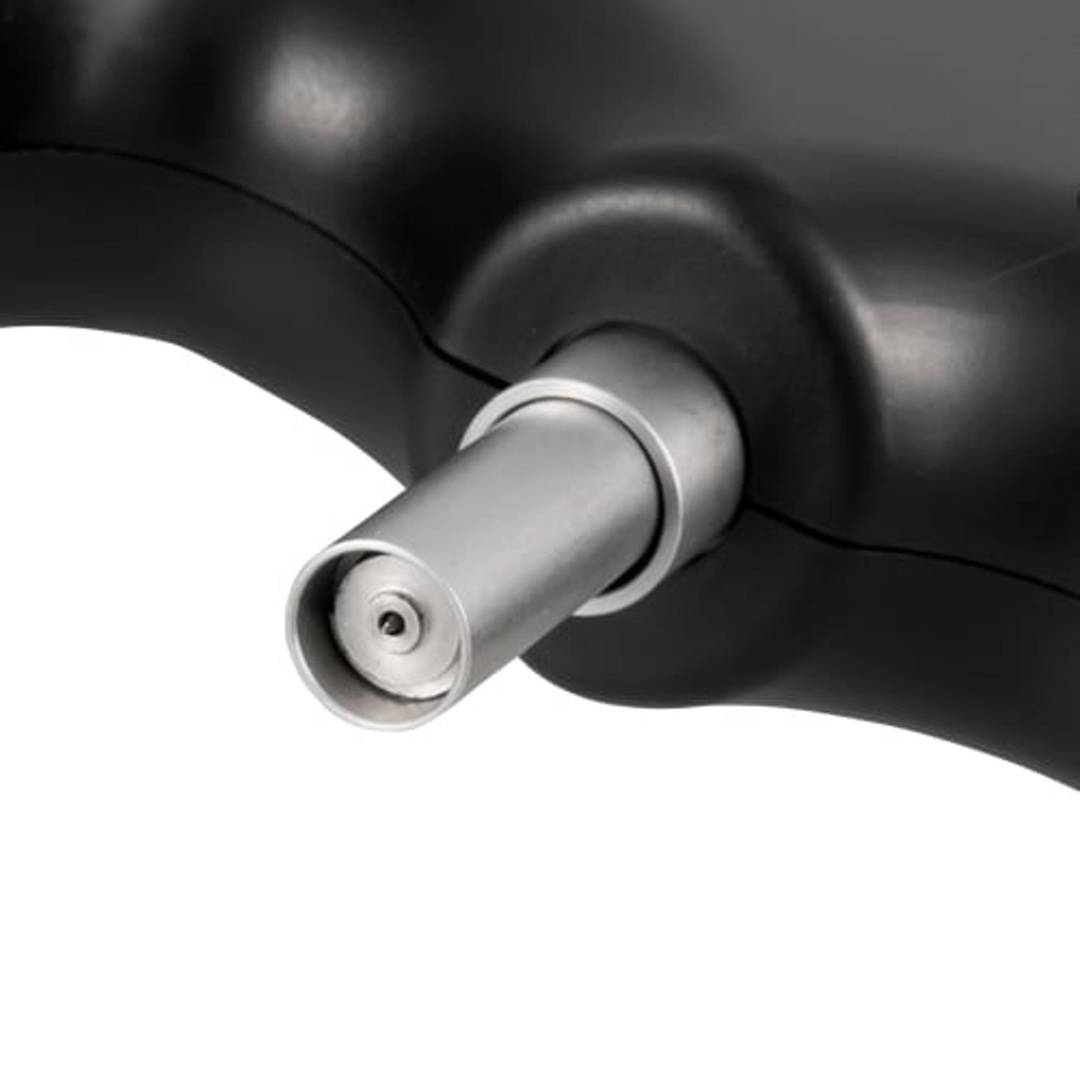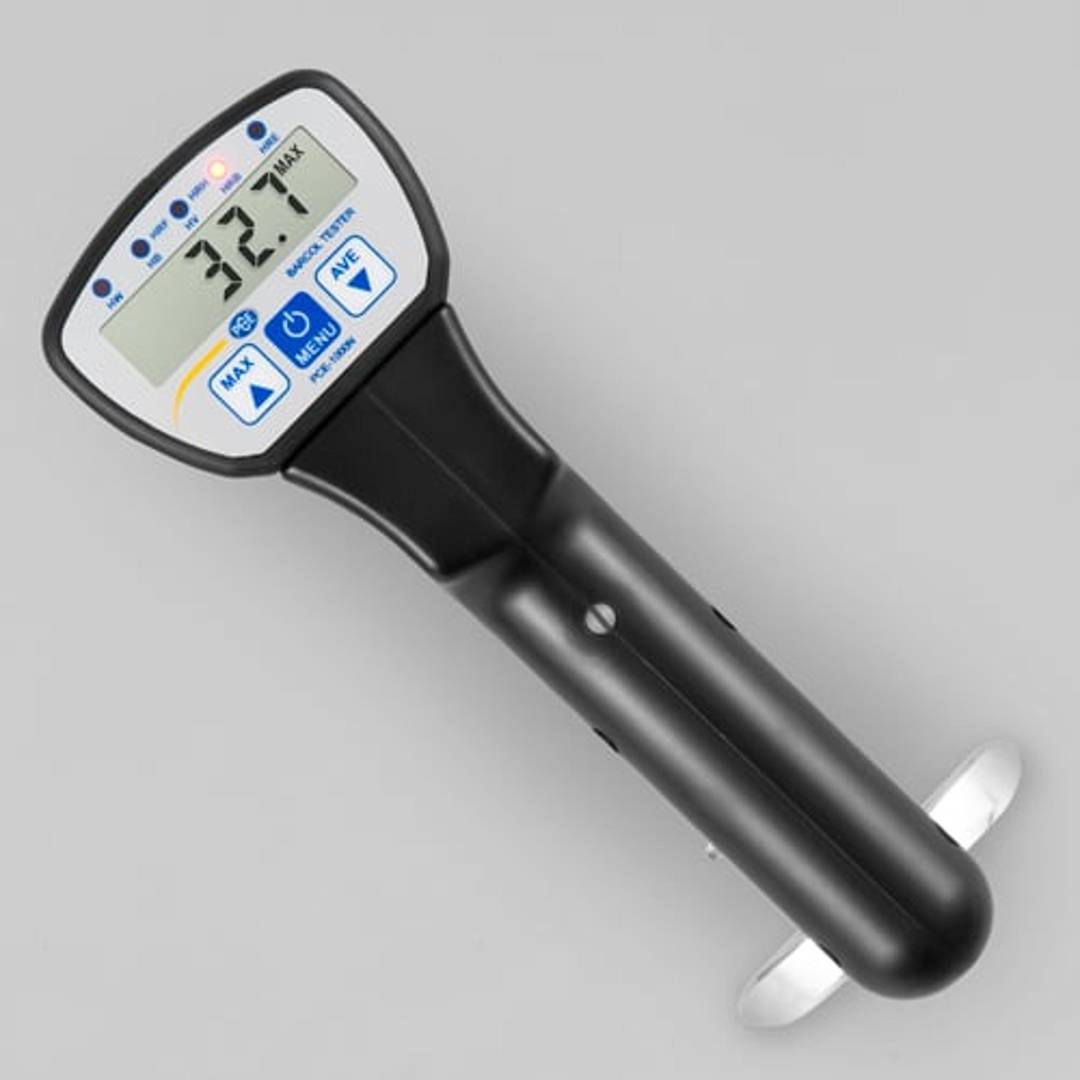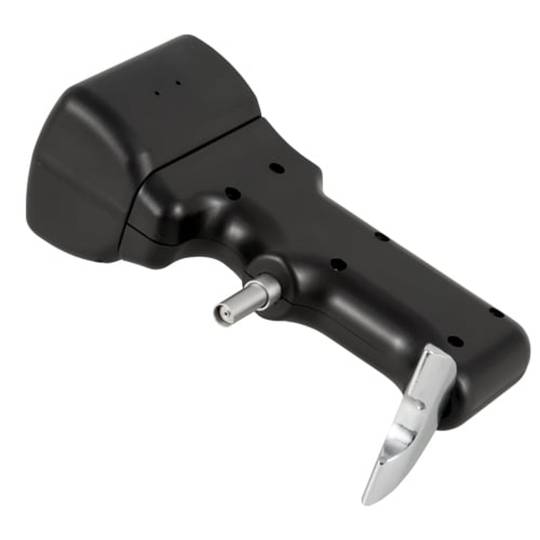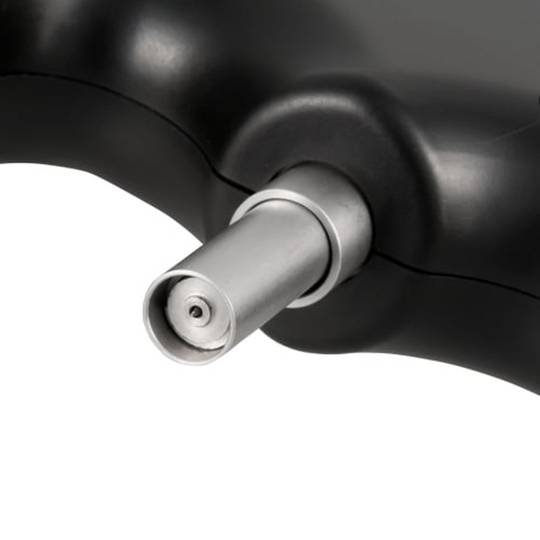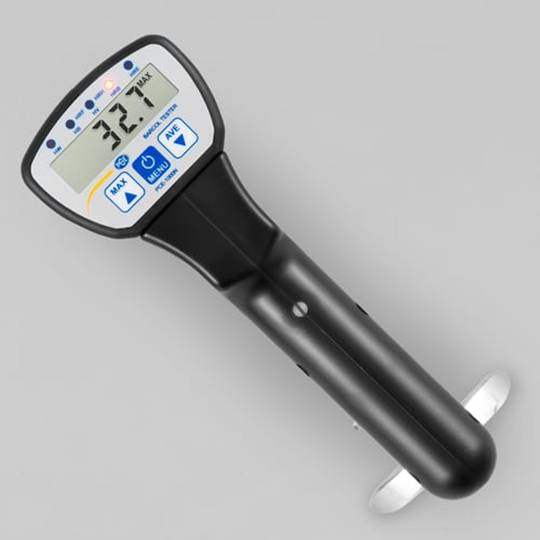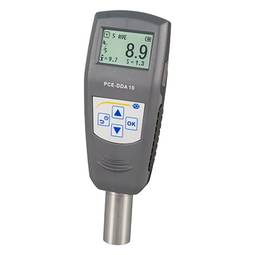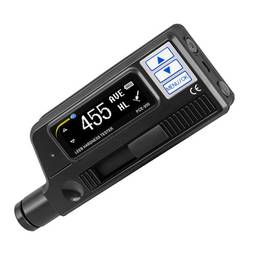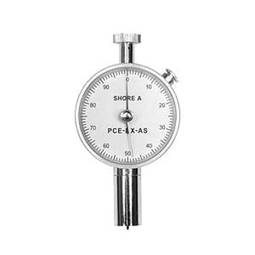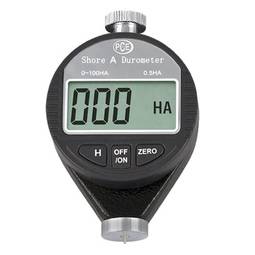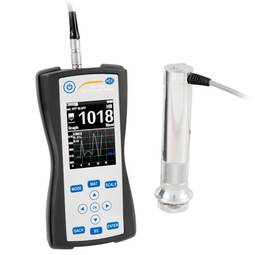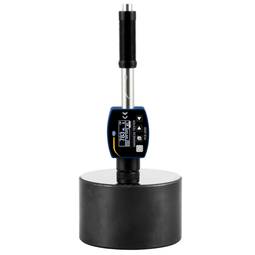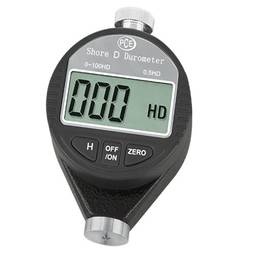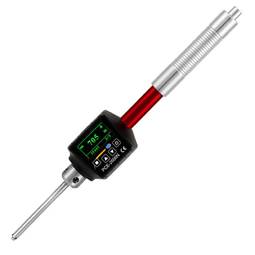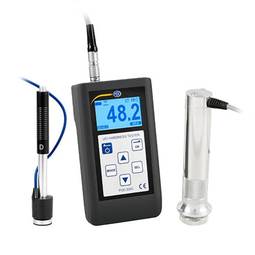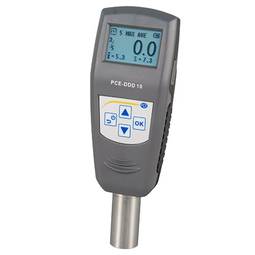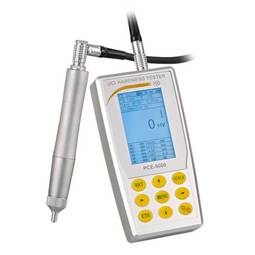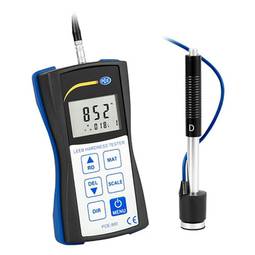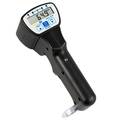12/30/2025 4:52 p.m.
https://cablematic.com/en/products/barcol-pce-1000n-durometer-PC211/
https://cablematic.com/en/products/barcol-pce-1000n-durometer-PC211/
Barcol PCE-1000N Durometer
REF: PC211
Specifications
- Barcol durometer for hardness measurement.
- One-hand operation.
- Battery powered backlit LCD.
- Automatic disconnection.
- Maximum and average value function.
PVP
€937.85
Price including VAT:
€937.85
PVD
€873.18
PVP: Retail price.
Check conditions.
PVP: Sale price to distributors.
Check conditions.
8 business days
The delivery times are approximate and may vary depending on the selected carrier.
warranty
returns
safe
Specifications
- Barcol durometer for hardness measurement.
- One-hand operation.
- Battery powered backlit LCD.
- Automatic disconnection.
- Maximum and average value function.
Keywords
Did not find what you were looking for? These topic could help you
More info
The Barcol Durometer is an easy to use and highly accurate device. It can be operated with one hand and can be operated with batteries for greater portability. The backlit LCD offers a clear display for reading the results. The MAX function and the average value are used to have a better understanding of the results. Auto power off is an additional feature that saves power and prevents unnecessary battery drain. The Barcol Durometer has been designed to measure the hardness of a wide variety of materials, from soft metals to hard metal alloys. This one-hand measuring tool is easy to use and delivers accurate results. The backlit LCD makes it easy to read the results, while the MAX function and the average value help you better understand the results. Auto power off saves energy and prevents unnecessary battery drain. The Barcol Durometer is a portable device that can be used to measure a wide range of materials with one hand. Manufactured by PCE with reference PCE-1000N.
Specifications
- Barcol durometer for hardness measurement.
- One-hand operation.
- Battery powered backlit LCD.
- Automatic disconnection.
- Maximum and average value function.
- Ideal for the aluminum sector.
- Possibility to test other metals such as copper and lead.
- Wide measuring range to measure widely.
- Backlit LCD screen to indicate the values.
- Possibility of using the Barcol, Vickers, Brinell, Webster and Rockwell unit.
- Compact and portable.
- Integrated support for high stability.
- Gross Weight: 1.229 kg
- Number of packages: 1
Technical terms
- Battery charging cycles
Battery charging cycles
When calculating the life of a battery it will be necessary to know the number of charge cycles that can be performed until the battery does not begin to lose its capacity.
Depending on the type of battery these charging cycles can vary, the most common being the mobile batteries, manufactured Li-Ion or Li-Po, which have a duration of between 300 and 500 charging cycles according to model and manufacturer.
Once thisE limit we will notice how the battery loses duration of operation, arriving to lose up to 25% of its capacity of load.
At this point it will be necessary to evaluate a battery change.
It should be noted that usage and charging habits can significantly affect battery life. For example, factors such as heat, charge the battery several times a day without it is almost exhausted, etc. Will be affectedits duration.
Therefore, to get the most out of the battery we must know when a full charge cycle is performed, and try to avoid misuse of charge, to increase its useful life.
A charging cycle is considered when the battery has been discharged or its 100% charge has been used.
The manufacturers advise that the charge is never made below the 58% battery, since the battery voltage would not fall so lowTo, so you could end up winning up to 4000 charge cycles.
Tips to increase the life of a battery.
Depending on the type of battery these charging cycles can vary, the most common being the mobile batteries, manufactured Li-Ion or Li-Po, which have a duration of between 300 and 500 charging cycles according to model and manufacturer.
Once thisE limit we will notice how the battery loses duration of operation, arriving to lose up to 25% of its capacity of load.
At this point it will be necessary to evaluate a battery change.
It should be noted that usage and charging habits can significantly affect battery life. For example, factors such as heat, charge the battery several times a day without it is almost exhausted, etc. Will be affectedits duration.
Therefore, to get the most out of the battery we must know when a full charge cycle is performed, and try to avoid misuse of charge, to increase its useful life.
A charging cycle is considered when the battery has been discharged or its 100% charge has been used.
The manufacturers advise that the charge is never made below the 58% battery, since the battery voltage would not fall so lowTo, so you could end up winning up to 4000 charge cycles.
Tips to increase the life of a battery.
- Avoid extreme heat or cold or very long applications of the device.
- Charge the battery as often as you can.
- Fully discharge the battery from time to time.
- Do not let the battery run out completely before charging.
